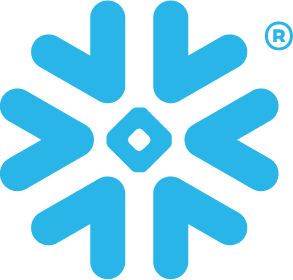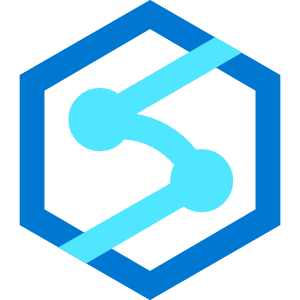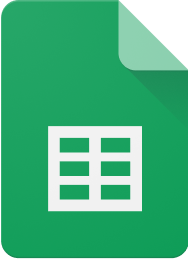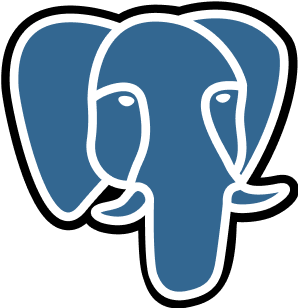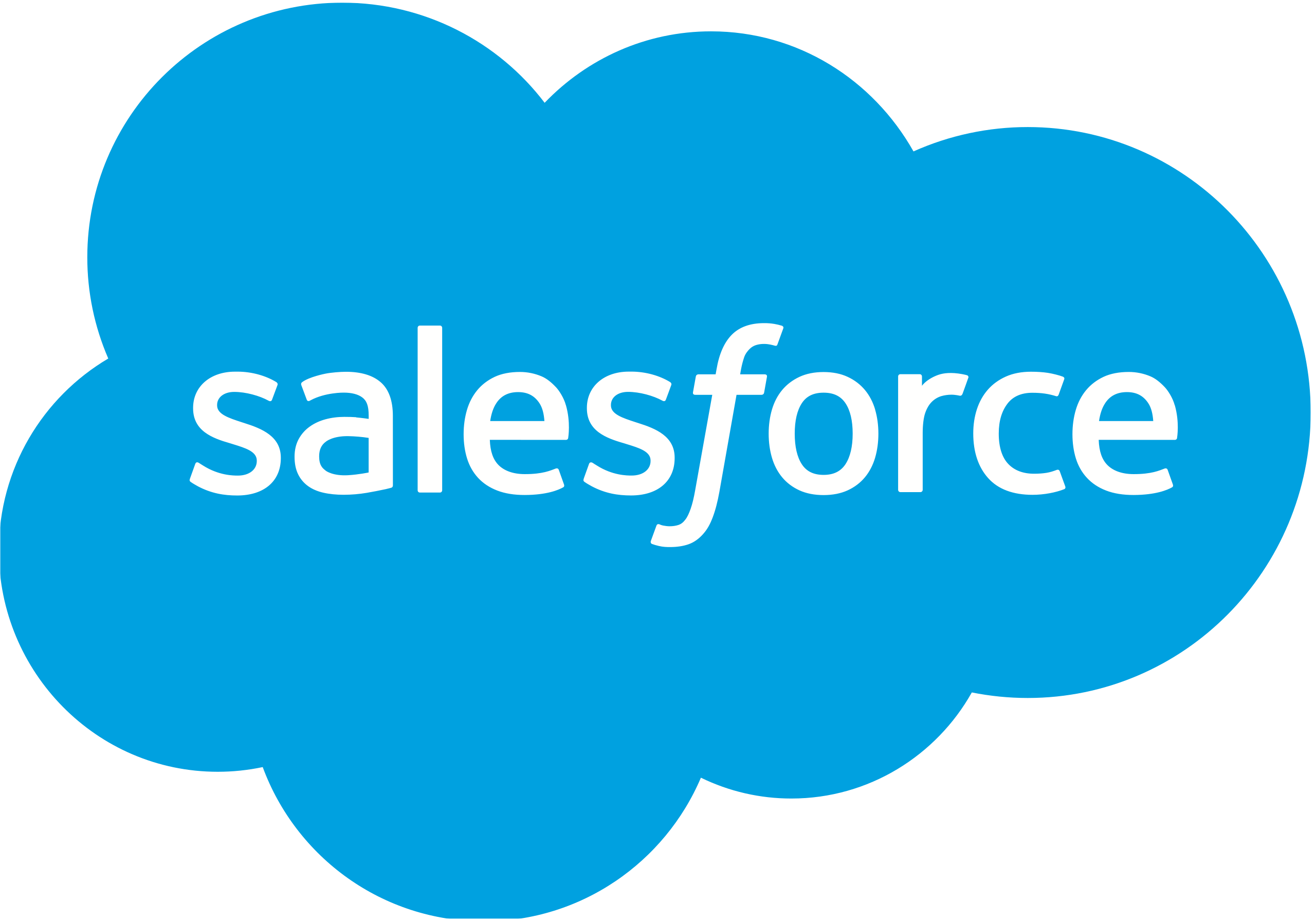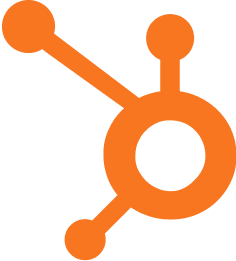Customer Segmentation: Unlock Market Potential
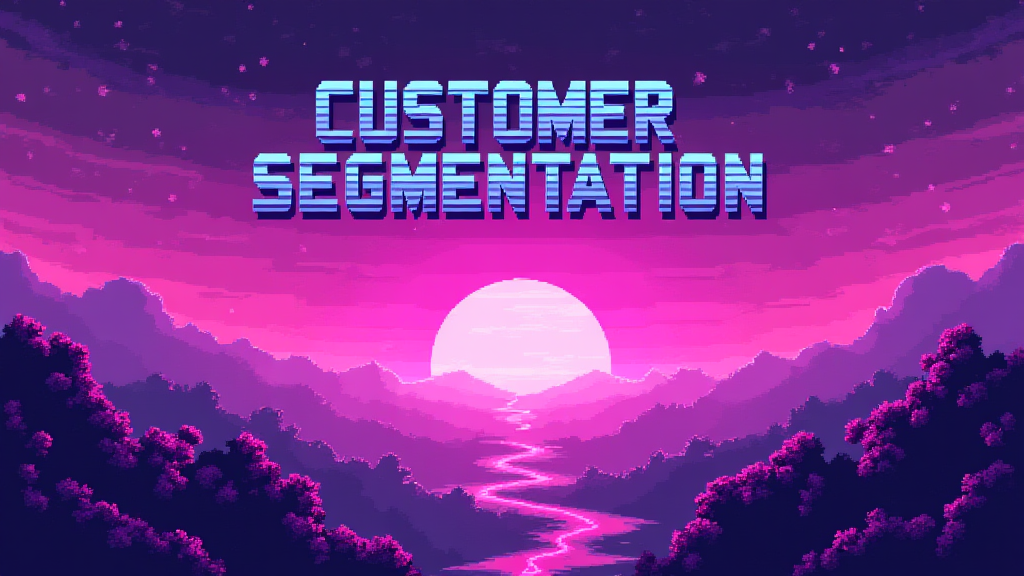
Published on: October 01, 2024
🎯 Why Customer Segmentation Matters
In today's competitive business landscape, understanding your customers is crucial for success. Customer segmentation provides several key benefits:
- Personalized Marketing: Deliver targeted messages that resonate with specific customer groups
- Improved Product Development: Create products and services that meet the unique needs of different segments
- Enhanced Customer Experience: Tailor interactions and support to match customer preferences
- Efficient Resource Allocation: Focus marketing efforts and budget on the most valuable customer segments
- Increased Customer Loyalty: Build stronger relationships by addressing specific pain points and desires
🧩 Common Types of Customer Segmentation
There are several approaches to segmenting customers, each offering unique insights:
- Demographic Segmentation: Based on age, gender, income, education, etc.
- Geographic Segmentation: Divided by location, region, or country
- Psychographic Segmentation: Focused on lifestyle, values, and personality traits
- Behavioral Segmentation: Based on purchasing habits, product usage, and brand interactions
- Technographic Segmentation: Centered on technology adoption and preferences
- Firmographic Segmentation: Used in B2B contexts, based on company size, industry, and revenue
📊 Customer Segmentation in Action
Let's explore a practical example of how customer segmentation can be applied in a marketing context:
| Segment | Characteristics | Marketing Approach |
|---|---|---|
| Tech-Savvy Millennials | Age 25-40, urban, high digital engagement | Mobile-first campaigns, social media influencer partnerships |
| Budget-Conscious Families | Suburban, price-sensitive, value-oriented | Loyalty programs, bulk purchase discounts |
| Luxury Seekers | High income, status-conscious, quality-focused | Exclusive product launches, VIP experiences |
🚀 Implementing Customer Segmentation
To effectively implement customer segmentation in your organization:
- Collect and analyze customer data from various touchpoints
- Identify meaningful patterns and groupings within your customer base
- Develop detailed personas for each segment
- Create targeted marketing strategies for each group
- Continuously monitor and refine your segmentation approach
🧮 Customer Segmentation Formulas
While customer segmentation often relies on advanced analytics, some basic formulas can help you get started:
RFM Analysis: A common method for behavioral segmentation
[ RFM Score = (R Score \times W_R) + (F Score \times W_F) + (M Score \times W_M) ]
Where:
- R = Recency (how recently a customer made a purchase)
- F = Frequency (how often a customer makes purchases)
- M = Monetary Value (how much a customer spends)
- W = Weight assigned to each factor
🤔 Implementing Customer Segmentation in Your Stack
As you consider implementing customer segmentation in your sales or marketing stack, ask yourself these questions:
- What data sources do we currently have available for segmentation?
- Which segmentation criteria are most relevant to our business goals?
- How can we integrate segmentation insights into our existing marketing automation tools?
- What metrics should we track to measure the success of our segmentation efforts?
- How often should we review and update our customer segments?
By thoughtfully addressing these questions, you'll be well on your way to leveraging the power of customer segmentation to drive growth and improve customer satisfaction. For further insights, check out our customer profiling and customer insights.
